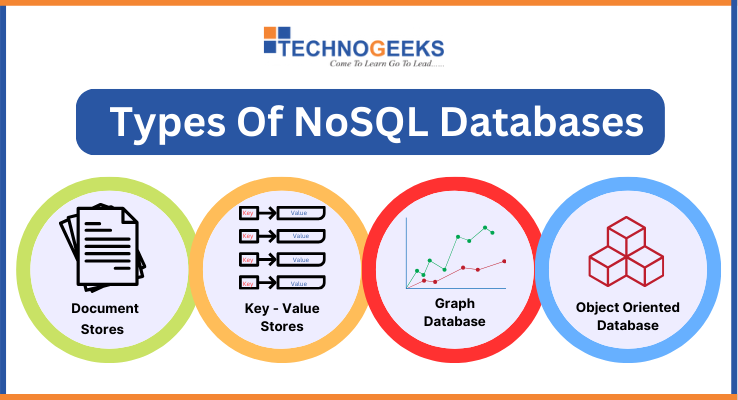Table of Contents
ToggleIntroduction
Garbage Collection is a very important part of Programming and Software development. In coding, keeping track of memory is very important for a smooth-running program. Here garbage collection help’s in. Garbage collection makes this process more simple by automatically identifying and removing garbage data types in the program.
In this blog will explain about garbage collection in data structure, why garbage collection is important in data structure and types of garbage collection.
Let’s first understand What is Data Structure?
Enroll now and take the first step towards a successful career. Click here to join our courses today!
What is Data Structure?
The term “data structure” refers to the organization of data in a structured manner. In simpler terms, data structure involves arranging, accessing, and storing data.
You may have questions about the importance of data structure in programming. Why learn data structure to become a successful coder?
Let’s answer these questions.
Also Read: What is the Structure of a Java program?
Importance of Data Structure in Programming
Without knowing data structure, starting a career in coding is like missing something big, which is a very essential part of your coding journey.
So basically, data structure and algorithms are the main concepts in programming. If you have a clear understanding of data structure, you can write any code and solve any error because you know what’s happening behind the coding.
Unfortunately, some students who want to start a career in coding skip the main concepts like data structures, or they just learn the concepts for exam purposes and do not actually understand the deep meaning of data structures.
If you want to build a web application or a mobile app, do you think you can do it without knowledge of data structures? My answer is no. If you try to create a project without knowledge of data structures, you face many problems while writing code, and you spend more time solving coding errors.
I hope you get a better understanding of the importance of data structures and algorithms in programming. Understanding data structures and algorithms helps you write better code.
Also Read: 7 Methods to Write Fibonacci Series Programs in Java
Types Of Data Structures
There are many types of data structures, but in this blog, I’ll explain some important types of data structures that are important for coding.
- Arrays
- Linked Lists
- Stacks
- Queues
- Trees
- Graphs
- Hash Tables
- Heaps
Also Read: IT Courses After 12th
What is Garbage Collection In Data Structure
As we discussed earlier, Garbage Collection in data structures is like a smart cleaner on your computer. It automatically finds and removes old, unused stuff from memory, making space for new things. This helps keep your computer running smoothly and prevents it from getting messed up with unnecessary data.
For example, while you write code, the program runs for a bit, and then, either regularly or when memory gets low, it quietly runs a “garbage collection” process. This process finds and releases memory blocks that aren’t being used anymore without needing you to do it manually.
So basically, garbage collection helps lazy programmers who forget to clean up after themselves and prevents memory leaks, which are like little memory messes. Overall, garbage collection makes programming easier, almost like having a helpful assistant clean up after you.
There are Two Important data structure used in Garbage Collection are –
- Heaps
- Queues
Heaps – In Garbage Collection, the heap is like a big storage area where the computer puts new things (objects) when a program needs them. So the task of the garbage collector is to keep an eye on this storage area, making sure it’s not disorganized with things the program doesn’t need anymore.
For Example :
| Address | Size (Bytes) | Status | Object |
| 0x1000 | 64 | Used | Object A |
| 0x1060 | 128 | Free | – |
| 0x10E0 | 32 | Used | Object B |
| 0x1100 | 96 | Used | Object C |
| 0x1160 | 64 | Free | – |
| 0x11A0 | | 32 | Used | Object D |
| 0x11C0 | 64 | Used | Object E |
| 0x1200 | 32 | Free | – |
So in this example:
- Address: Indicates the memory address where each object is stored.
- Size (bytes): Represents the size (Byte) of the allocated memory block for each object.
- Status: Describes whether the memory block is currently in use (used by an object) or free (available for allocation).
- Object: Specifies the object stored in each memory block.
Queues: In garbage collection, queues are like task lists for the garbage collector. They help remember what tasks need doing, such as finding unused objects and cleaning up memory.
For Example –
| Task | Priority |
| Find Unused Objects | High |
| Mark Objects | Medium |
| Clean Memory | Medium |
| Compact Heap | Low |
In this Example:
Task: Represents the specific task to be performed by the garbage collector, such as finding unused objects, marking objects, cleaning memory, and compacting the heap.
Priority: Indicates the priority level assigned to each task. High-priority tasks are typically critical and need to be executed first, while low-priority tasks are less urgent and can be deferred if necessary.
So Queue in garbage collection is like organizing tasks based on priority, helping the garbage collector efficiently manage memory and make the system run better.
Conclusion
I Hope you get a better understanding of “Garbage Collection In Data Structure”.
- Garbage collection automatically manages memory by regaining memory occupied by objects that are no longer in use.
- Garbage collection mainly depends on data structures like heaps and queues to organize and track memory allocation and deallocation tasks.
- Understanding garbage collection and its basic data structures is very important for reliable software applications.
Level up your skills in Programming. Enroll now and become an expert.
Contact Us For Free Career Counseling +91 8600998107 / +91 7028710777
FAQ’s
What is memory allocation and garbage collection?
Memory allocation is like giving a space to allocate memory. When you need to store data or variables in a program, the computer sets aside a specific area in its memory for that purpose.
So basically it is the process of automatically finding and removing unused data from memory to keep the system running smoothly.
Which method is called garbage collection?
Garbage collection is the method called to clean up unused memory and get back resources.
What is garbage memory in data structure?
In data structures, garbage memory refers to memory occupied by data which is unnecessary or unused.
Why is data structure used?
Data structures are used to organize and manage data efficiently, making it easier to store, access, and manipulate information in programs.















